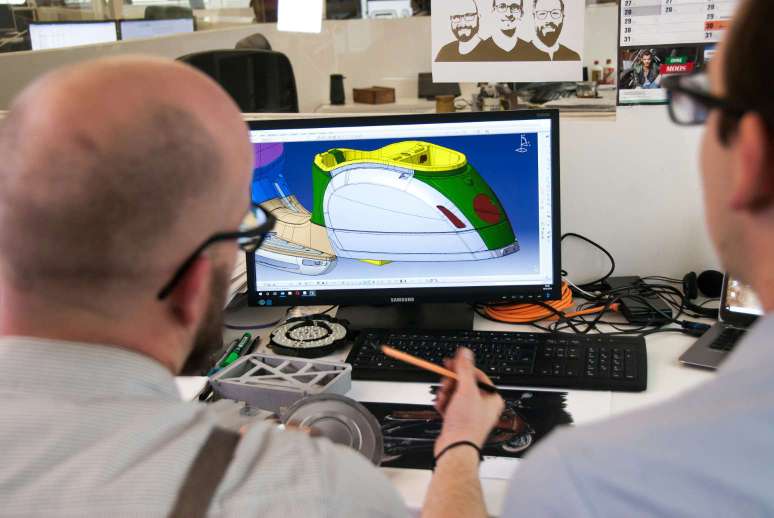Consensus Mechanisms in Blockchain: A Comparative Analysis

3 min read
01 Sep 2025
Consensus mechanisms are fundamental to how blockchain networks achieve agreement among nodes regarding the validity of transactions and the state of the ledger. Different consensus algorithms offer varying levels of security, scalability, and decentralization, catering to diverse blockchain use cases.
Proof of Work (PoW): PoW is the original consensus mechanism introduced by Bitcoin. It requires miners to solve complex mathematical puzzles to validate transactions and add new blocks to the blockchain. PoW is known for its security but is criticized for its energy-intensive nature and scalability issues.
Proof of Stake (PoS): PoS selects validators to create and validate new blocks based on the number of coins they hold and are willing to "stake" as collateral. Validators are incentivized to act honestly to avoid losing their stake. PoS is more energy-efficient than PoW but requires a significant initial stake.
Delegated Proof of Stake (DPoS): DPoS introduces a reputation-based system where stakeholders vote for a limited number of delegates to produce blocks on their behalf. These delegates take turns producing blocks in a round-robin manner. DPoS improves scalability and throughput at the cost of increased centralization risks.
Proof of Authority (PoA): PoA relies on approved validators, often identified entities or individuals, who are granted the authority to validate transactions and create new blocks. Validators are known entities, reducing the risk of malicious activities but sacrificing decentralization.
Proof of Space and Time (PoST): PoST leverages unused storage space on participants' devices as a basis for mining eligibility. It measures both the space (storage capacity) and time (duration the space is committed) participants contribute to the network. PoST aims to be more energy-efficient than PoW while maintaining security.
Practical Byzantine Fault Tolerance (PBFT): PBFT is designed for permissioned blockchains where network participants are known and trusted. It ensures consensus among nodes, even if a portion of them are faulty or malicious, by reaching agreement through multiple rounds of communication and voting.
Comparative Analysis: Each consensus mechanism has its strengths and weaknesses. PoW provides high security at the cost of energy consumption. PoS and DPoS offer scalability improvements but may sacrifice decentralization. PoA and PBFT prioritize speed and efficiency in permissioned settings.
Challenges and Considerations: Blockchain projects must consider factors like security, scalability, decentralization, energy efficiency, and governance when selecting a consensus mechanism. The choice often depends on the specific goals, use cases, and constraints of the project.
Future Trends: Research and development continue to explore hybrid consensus mechanisms that combine the strengths of different approaches. Innovations in scalability solutions, environmental sustainability, and governance models will shape the evolution of blockchain consensus mechanisms.
Conclusion: Consensus mechanisms are pivotal in determining the performance, security, and scalability of blockchain networks. Understanding the trade-offs and nuances of each mechanism is crucial for blockchain developers, businesses, and users navigating the complex landscape of decentralized technologies.

The AR Breakthrough That Will Make Blockchain Transactions Simpler Than Ever!
6 min read | 15 Nov 2025
How AI Is Making Blockchain Smarter and Safer – The Inside Scoop!
6 min read | 14 Nov 2025
The Big Tech Twist: How VR Is Set to Disrupt Blockchain Like Never Before!
7 min read | 13 Nov 2025
Unlocking the Power of AR: How Augmented Reality Is Set to Revolutionize Blockchain!
6 min read | 12 Nov 2025More Articles

Virtual Social Spaces: Connecting Communities in VR
5 min read | 23 Oct 2025

Empowering Accessibility: AR and VR for People with Disabilities
3 min read | 22 Oct 2025

AR and VR in Industrial Applications: Innovations in Manufacturing
6 min read | 21 Oct 2025

Revolutionizing Retail: AR and VR Experiences in Shopping
2 min read | 20 Oct 2025
More Articles

Computer-Aided Design (CAD): The Essential Tool for Engineers
5 min read | 02 Nov 2025

LiDAR (Light Detection and Ranging): The Eyes of Autonomous Vehicles
4 min read | 01 Nov 2025

Wi-Fi 6: The Next Generation of Wireless Technology
7 min read | 31 Oct 2025

Mesh Wi-Fi: How to Eliminate Dead Zones in Your Home
7 min read | 30 Oct 2025
